The submarine sank some 16 nautical miles 18 mi) northeast of Malin Head, in Ireland, where it lay for the next five decades.
Unlike the Allied Navy, Nazi Germany’s Kriegsmarine relied to a great extent on submarine activities, both in the sheer destructiveness of the firepower as well for the psychological effect that this invisible threat produced.
While relying on the Unrestricted Submarine Warfare Doctrine, Hitler’s forces managed to disrupt the supply chain between the U.S. and Great Britain.
Although in the later years of the war this supremacy was overturned in favor of the Allies, nevertheless the production of these underwater steel giants went on more or less continuously until the last months of the war.
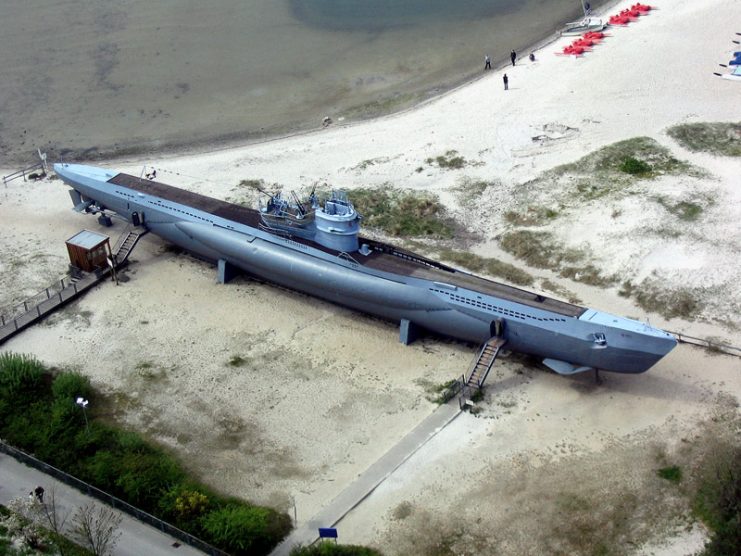
Consequently, it should come as no surprise that some of these U-Boats never saw much action before they were captured and scuttled with haste during the Allied sweep through Western Europe.
https://youtu.be/MqllihZqzf4
Such is the case of U-778 which entered service on February 28, 1945, and was stationed in the port of Horten, Norway.
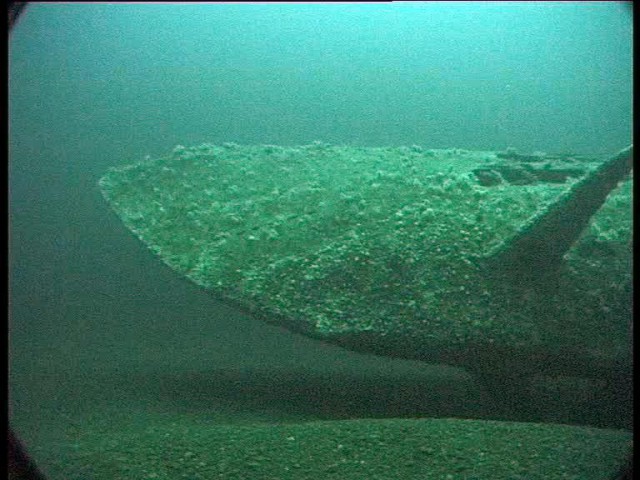
Under the command of Captain Lieutenant Ralf Jürs, it set sail on March 4, on a 23-day long routine patrol mission.
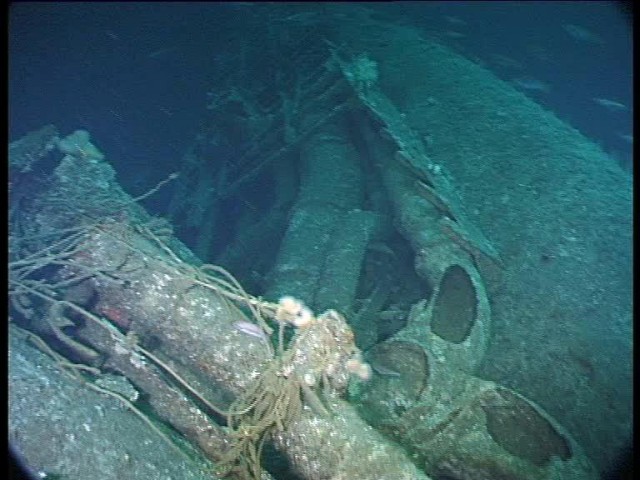
After finishing its assignment and docking at Bergen, Norway, it became clear that the war wasn’t going to last long. The rumors of Allied forces crossing the Rhine and the Red Army just kilometers away from the suburbs of Berlin gave clear signs that Nazi Germany was finished.
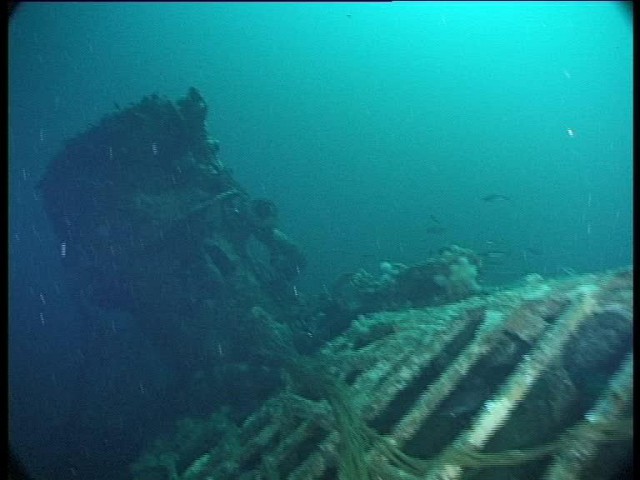
Soon enough, the port of Bergen fell into Allied hands. The U-778 and almost all the other Kriegsmarine vessels that were captured were sent to Britain to be scuttled as part of Operation Deadlight.
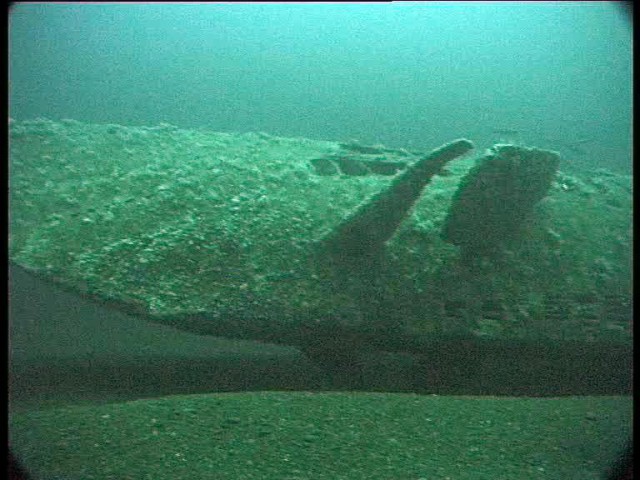
Later that year, while on its way to the scrapping yard, U-778 started to leak water. It foundered and disconnected from its towing ship. The submarine sank some 16 nautical miles (30 km; 18 mi) northeast of Malin Head, in Ireland, where it lay for the next five decades.
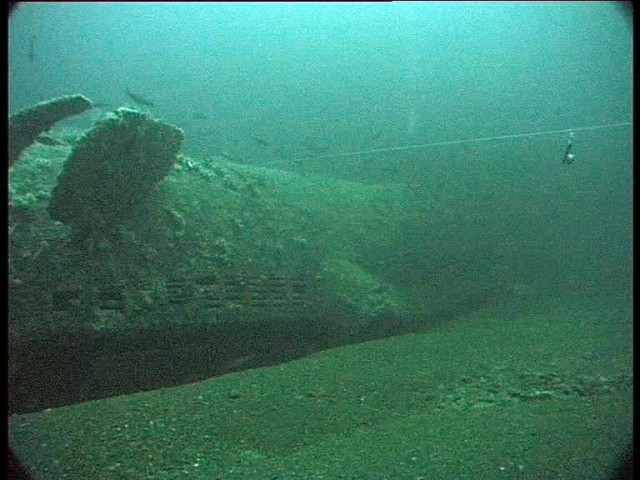
Since the Allied command had to deal with issues such as making Europe liveable again, the matter of a German submarine that sank while on its way to be destroyed anyway proved a mundane task that demanded no attention.
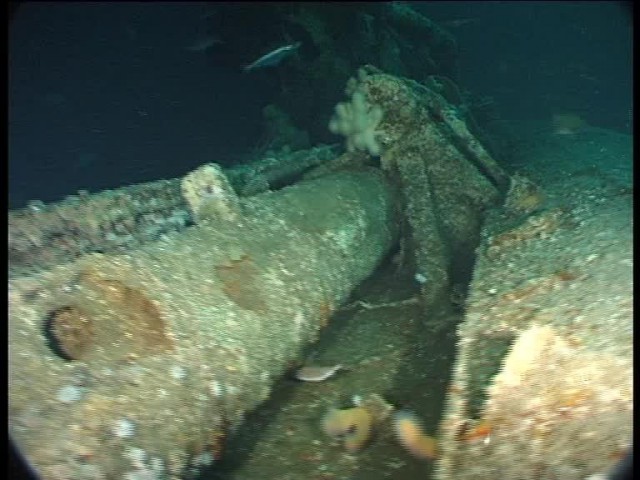
However, in 2001, Dr. Innes McCartney, a distinguished nautical archaeologist from Britain, rediscovered the shipwreck and started examining it, revealing one of the best-preserved submarines from that era ever to be discovered.
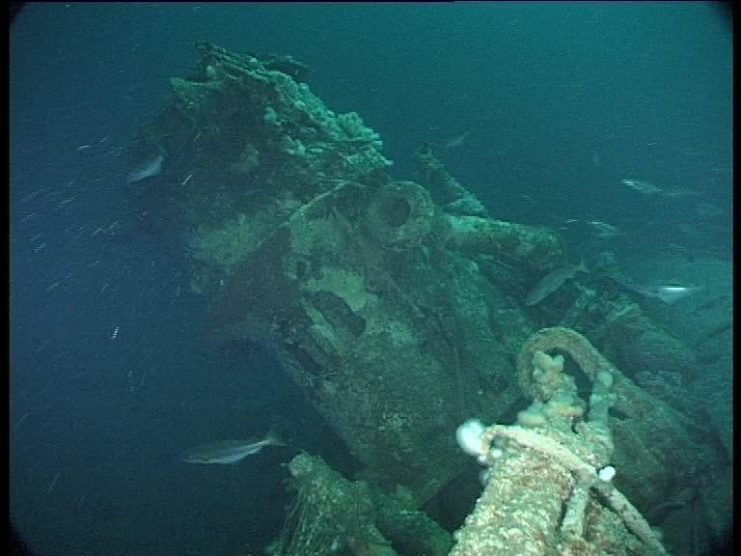
This is partly due to the fact that most captured German submarines were either scuttled as part of Operation Deadlight or were used extensively for target practice in the years to come.
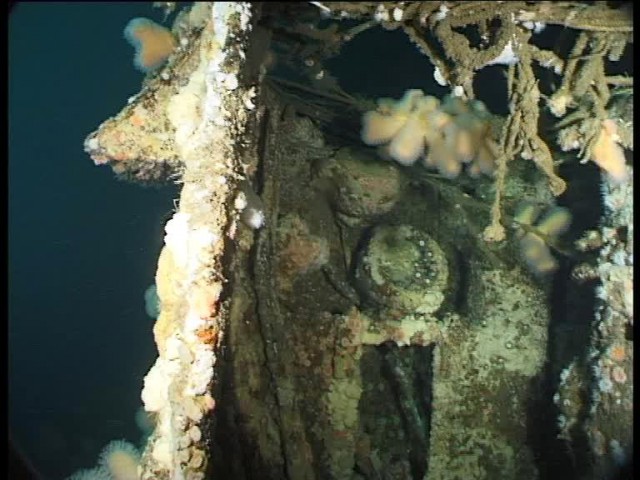
In 2007, Derry City Council, which holds rights over the sunken U-778 announced an excavation of the shipwreck together with the construction of a maritime museum. However, the submarine remains on the seabed as the plans for building the museum have been delayed until spring 2020.
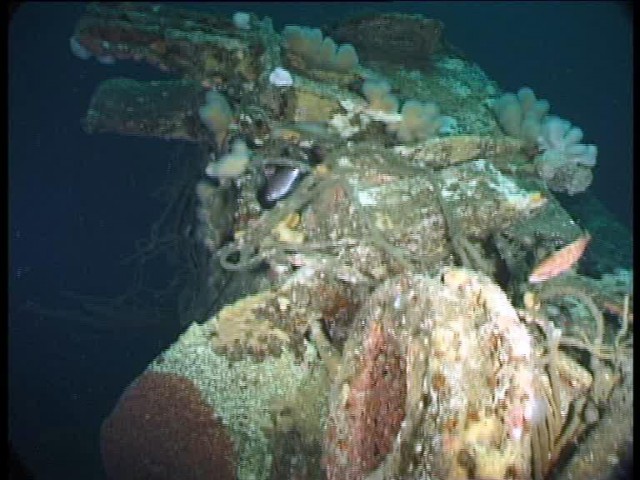
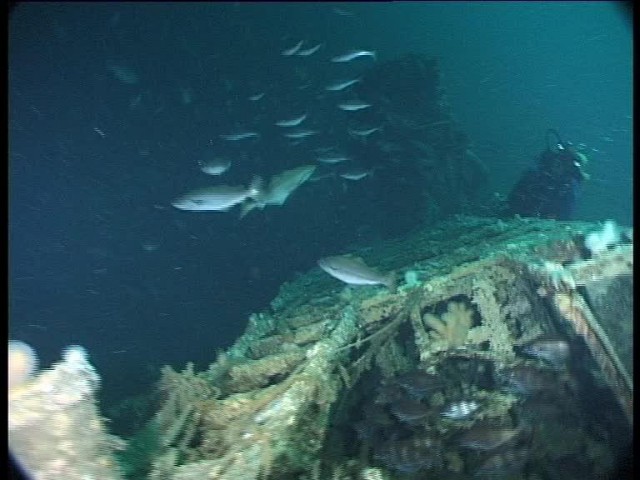
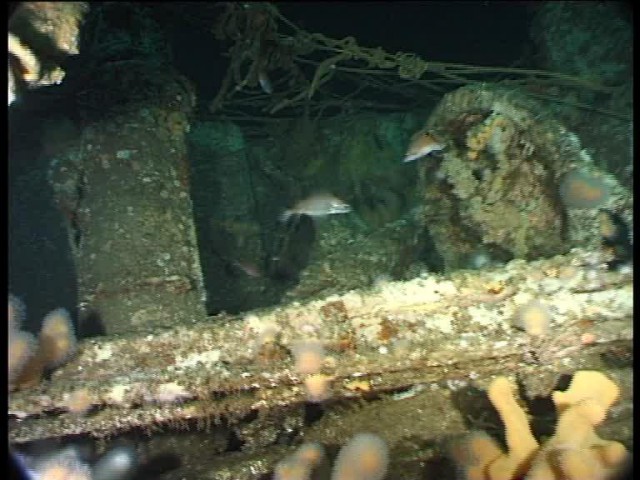
Read another story from us: Predators of the Seas: Life Inside a U-Boat – In 41 Images
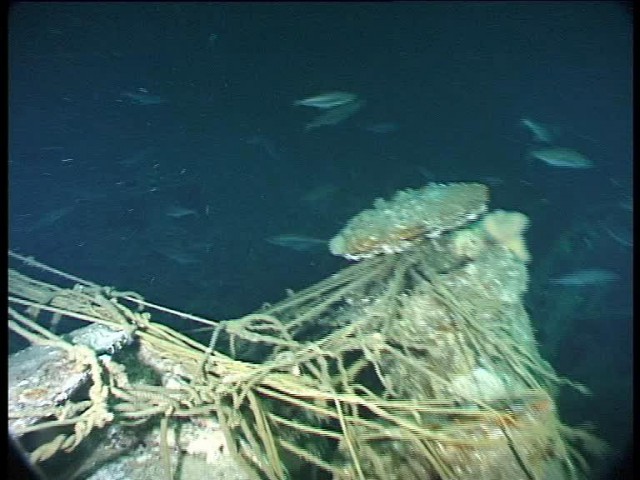
You can follow Innes on Facebook, Twitter and you can buy many of his books via Amazon
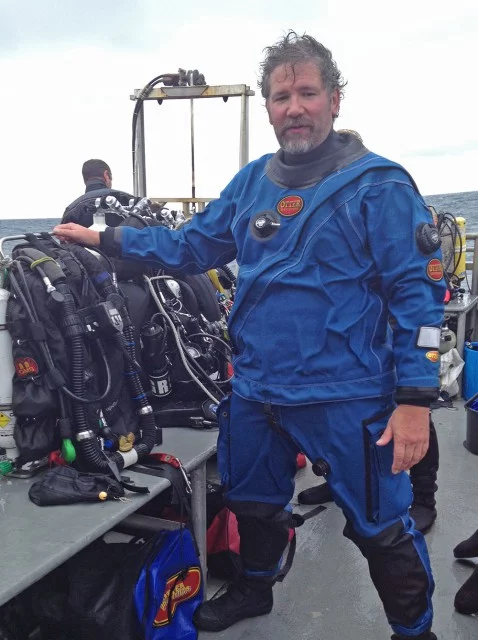
Dr. Innes McCartney – Nautical Archaeologist, Naval Historian and 26 years a Wreck Diver.
